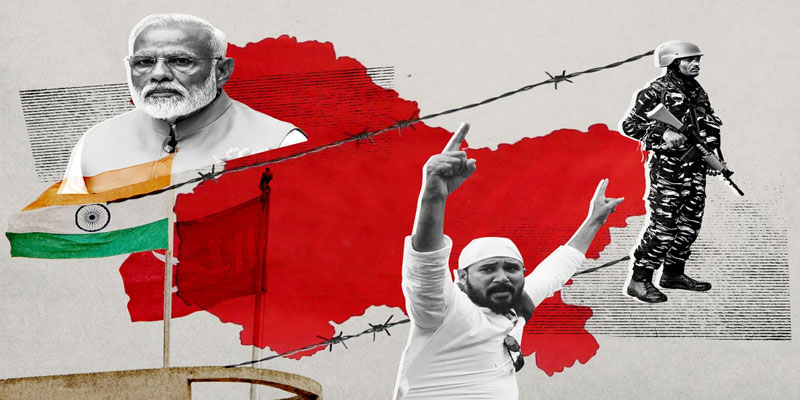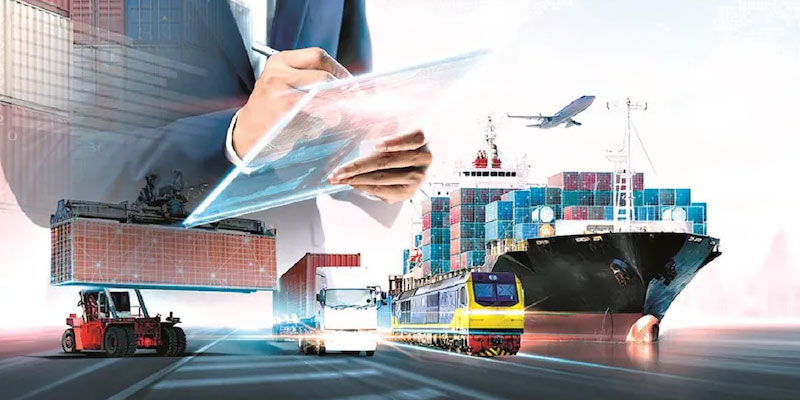Current News
PM Modi Holds Grand Roadshow in Bhubanes...
Bhubaneswar: Prime Minister Narendra Modi held a vibrant roadshow in Odisha’s capital on Friday (June 20) and inaugurated a slew of development projects w...
Mission Power cut: Pak Minister Takes Cr...
Lights Out or Logic Out? Pak’s Bizarre IPL Sabotage Claim In a claim that raised more eyebrows than applause, Pakistan’s Defence M...






















































